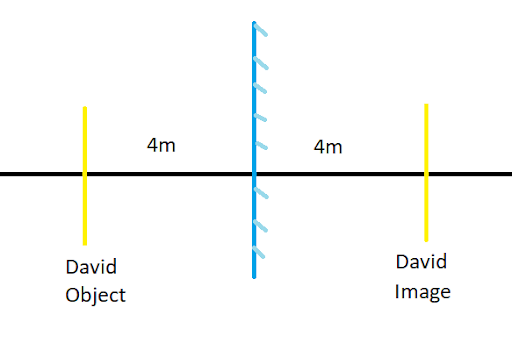NCERT Class 7 Science Chapter 11 Light Question and Answer - FREE PDF Download
FAQs on NCERT Solutions for Class 7 Science Chapter 11 Light
1. What is lens class 7?
Class 7 Science introduces a lens as a transparent material curved on either one or both sides. The primary function of a lens is to refract or bend light rays as they pass through it, which enables it to form images. Lenses are classified into two main types:
Convex Lens: A convex lens is thicker at the centre and thinner at the edges. When light rays pass through a convex lens, they converge or come together at a point on the other side of the lens. Convex lenses are commonly used in magnifying glasses, cameras, and microscopes.
Concave Lens: A concave lens is thinner at the centre and thicker at the edges. Light rays diverge or spread apart when they pass through a concave lens. Unlike convex lenses, concave lenses cannot form real images. They are often used in applications that aim to spread out light rays, such as correcting nearsightedness in eyeglasses.
In Light Class 7 Questions and Answers, students learn about the basic properties and uses of lenses and how they contribute to the formation of images.
8. How can NCERT Solutions for Class 7 Science Chapter 11 help me understand the formation of images by mirrors and lenses?
The NCERT Solutions delve into the principles of reflection and refraction, which are essential for understanding how images are formed by mirrors and lenses. Step-by-step explanations and practical examples help students grasp these concepts effectively.
3. Which Principles of Light have been Described in the 11th Chapter of NCERT Solutions of Class 7?
Some of the essential characteristics of light that this chapter describes are, how the light only travels in a straight line, the difference of image between various lenses. Furthermore, it describes the reflection of light, spherical mirror, the colour of sunlight.
4. List out the important topics covered in the Chapter 11 of NCERT Solutions for Class 7 Science.
Concave lens, Concave mirror, Convex lens, Convex mirror, Erect image, Magnified image, Magnifying glass, Prism, Rainbow, Real image, Rear view mirror, Side mirror, Spherical mirror and Virtual image are the important topics covered in Chapter 11 of NCERT Solutions of Class 7 Science. Students will study about many concepts of light, such as reflection, in this chapter. This chapter is divided into many sections, each of which discusses a crucial principle of light. It starts with a description of light and then continues on to the notion of how light travels in a straight path. It goes on to describe how light is reflected and how lenses produce pictures.
5. What is the advantage of using the NCERT Solutions for Class 7 Science Chapter 11?
The NCERT Solutions for Chapter 11 of Class 7 Science are created in accordance with CBSE guidelines. As a result, students may better prepare according to their curriculum. The use of simple language and thorough explanations of each topic assists students in readily comprehending the concepts. Furthermore, the utilization of real-life examples allows pupils to easily correlate with diverse concepts. The use of graphs, charts, and images enhances the learning process and helps students better comprehend a topic. The answers are written in such a way that they will assist students achieve higher grades on the final test. These answers are available on Vedantu’s official website (vedantu.com) and mobile app free of cost.
6. What is reflection of light?
Reflection of light is a phenomenon introduced in Chapter 11 of Class 7 Science. Students have previously learned how mirrors may change the direction of light, thus it is also considered a reflection of light. Several exercises sprinkled throughout this part of NCERT answers for Class 7 Science Chapter 11 might help students grasp this topic better. One of them is to hold a lit candle up to a mirror. Now, move it around to see how different light reflections look.
7. What is a virtual image?
A virtual picture is formed when light beams appear to originate at a specific location but do not really meet. It is apparent to the naked eye. As a result, rear-view mirrors display virtual pictures. The following are examples of scenarios in which a virtual picture is generated. When reflected rays seem to collide, it forms. Such pictures are not possible to produce on a computer screen. In the plane mirror and convex mirror, virtual pictures are always generated.
8. What are the properties of an image formed by a mirror?
There are a lot of properties of an image formed by a plane mirror. A plane mirror produces an upright picture. This is a virtual replica of the thing that's the same size as it is. Behind the mirror, the picture is the same distance as the item in front of it. The left side of an item appears on the right side of an image created by a mirror, whereas the right side appears on the left side.
























